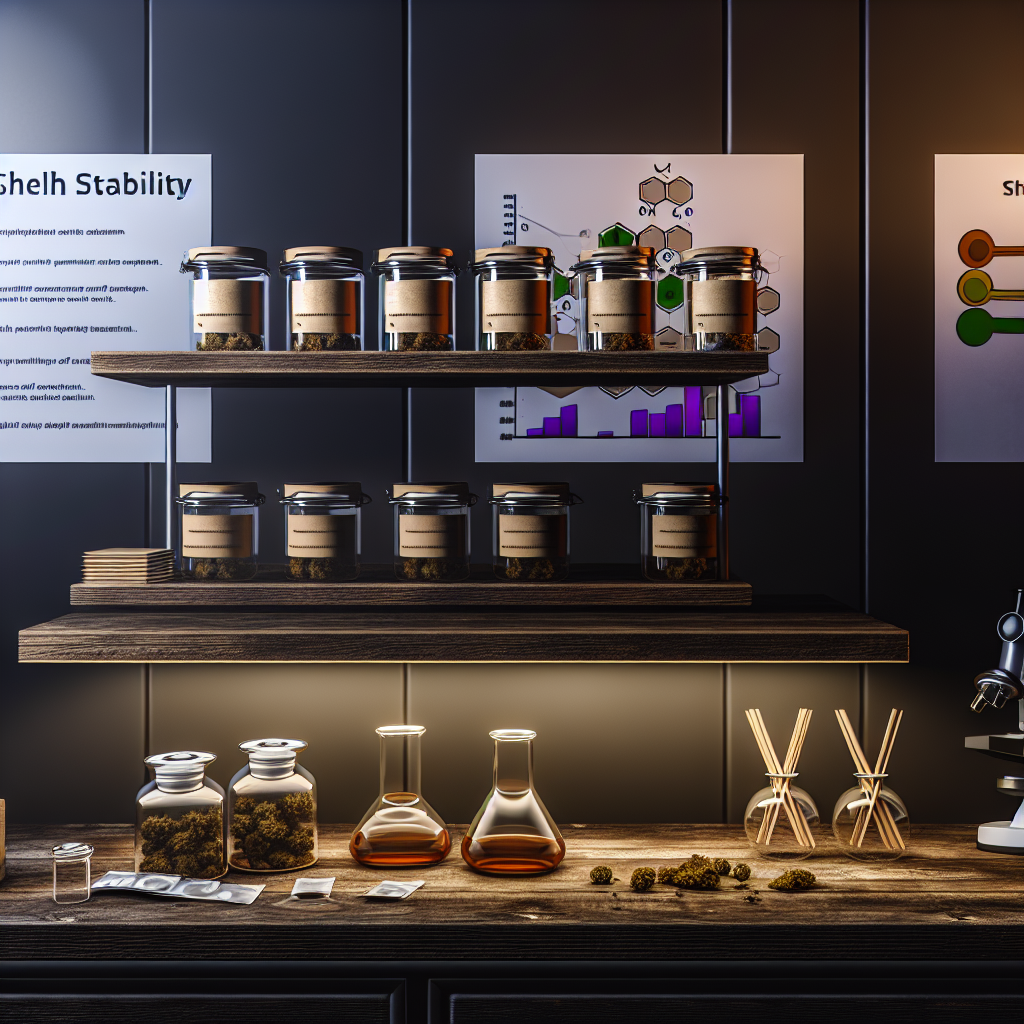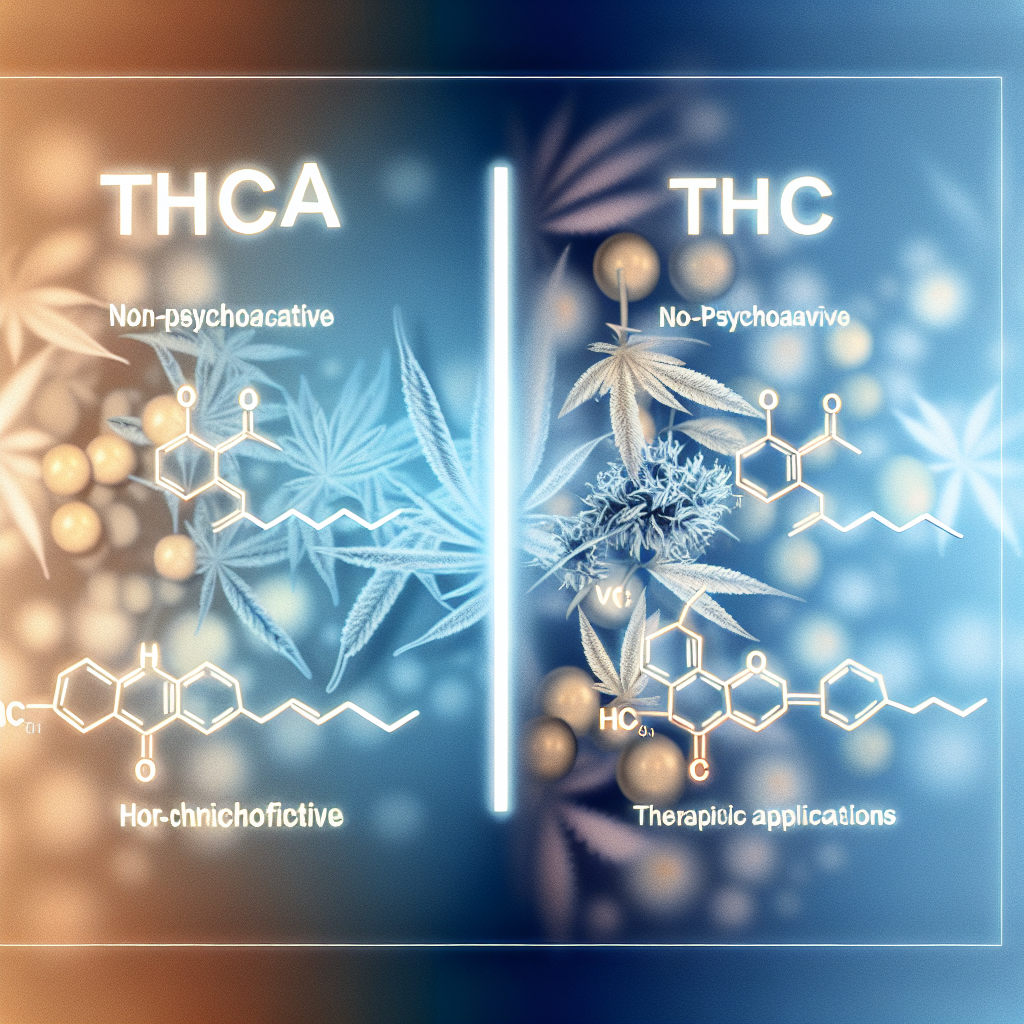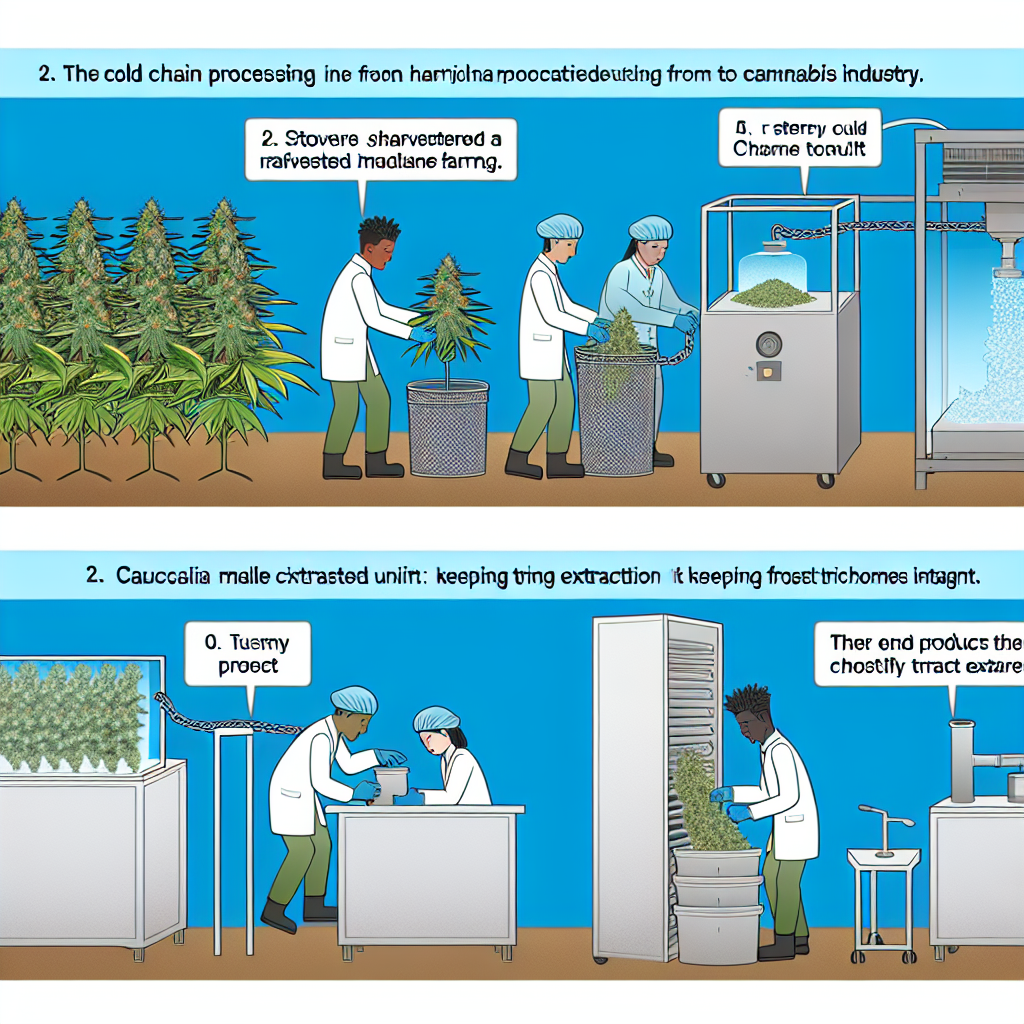Here is the revised article with the requested changes:
Shelf Stability of Cannabis Products: Preventing Degradation and Oxidation
Published on: [Insert Date] | By: [Your Name or Company Name]
Cannabis product preservation is essential for maintaining the integrity, potency, and safety of both recreational and medicinal formulations. As the cannabis industry significantly expands, so does the demand for stable products with predictable shelf lives. Yet, many consumers and professionals alike are unaware of how environmental factors such as light, heat, oxygen, and humidity can degrade cannabinoids, terpenes, and other crucial compounds in cannabis products.
Shelf stability refers to the ability of a product to retain its original quality and potency over time under recommended storage conditions. For cannabis, managing shelf life isn’t just about consumer satisfaction—it’s a matter of therapeutic efficacy and compliance with regulatory standards.
What Science Says About Cannabis Shelf Stability
Numerous scientific studies shed light on the factors that affect shelf stability in cannabis products. A 2019 study published in the Journal of Natural Products titled “Cannabinoid Stability in Commercial Medical Cannabis Products” found that tetrahydrocannabinol (THC) and cannabidiol (CBD) are prone to degradation under improper storage. The study showed that high temperatures and oxygen exposure not only led to a decrease in THC and CBD but also an increase in oxidation byproducts such as cannabinol (CBN), potentially altering the pharmacokinetics and therapeutic effects of the product (Citti et al., 2019).
In another significant publication by the United Nations Office on Drugs and Crime (UNODC), cannabis storage conditions were examined over a two-year period. The report highlighted that cannabis stored at room temperature lost approximately 16% of its THC content within the first year, and nearly 26% by year two. Meanwhile, properly stored samples—kept in dark, airtight containers below 20°C—exhibited minimal degradation. This data emphasizes the importance of environmental control in preserving psychoactive efficacy.
Terpenes Under Pressure: Why Storage Matters
Terpenes, especially linalool, limonene, and myrcene, also suffer considerably under improper conditions. According to research published in the journal Planta Medica, terpenes begin to volatilize and oxidize even at moderate temperatures (25-30°C). This impacts not only the flavor and aroma but also diminishes potential synergistic ‘entourage’ effects when terpenes and cannabinoids work together for enhanced therapeutic benefit (Russo, 2011).
Infused Products and Their Unique Storage Needs
For infused products like tinctures, topicals, and edibles, other stability factors come into play—such as emulsifier integrity, microbial contamination, and pH levels. A 2022 paper in the journal Pharmaceuticals emphasized that cannabinoid nanoemulsions used in beverages and tinctures can destabilize over time if not stored under optimal pH and temperature conditions. Preservatives and packaging technology play an essential role in ensuring that shelf-life expectations are met (Luo et al., 2022).
Innovative Packaging: The First Line of Defense
Packaging innovations such as nitrogen-flushed containers and vacuum-sealed mylar bags have shown remarkable effectiveness in preserving cannabinoid content. UV-resistant glass containers and humidity-regulating pouches help mitigate terpene loss and microbial contamination. Storage temperature between 15-20°C and a relative humidity of 59-63% is considered the golden range for preserving dried cannabis flower.
These findings demonstrate that preventing degradation and oxidation isn’t guesswork—it’s chemistry. Cannabis professionals must integrate this knowledge into the product lifecycle, from cultivation and processing to packaging and retail. Consumers, on the other hand, can significantly extend product shelf life by closely following storage guidelines, avoiding common mistakes such as leaving cannabis in sunlight or using non-airtight containers.
Conclusion: Protecting Potency for the Long Haul
Maintaining the shelf stability of cannabis products isn’t just a matter of convenience—it’s a cornerstone of product quality, therapeutic consistency, and safety. Scientific evidence underscores that oxidation, temperature, UV light, and humidity are primary culprits in degradation. Optimal storage solutions and advanced packaging technologies can significantly extend shelf life, benefiting both consumers and professionals. Staying informed and applying proper storage techniques ensures the cannabis experience remains as effective and enjoyable as intended.
References
- Citti, C., Braghiroli, D., Vandelli, M. A., & Cannazza, G. (2019). Pharmaceutical and biomedical analysis of cannabinoids: A critical review. Journal of Pharmaceutical and Biomedical Analysis. Read Here
- United Nations Office on Drugs and Crime (UNODC). (2006). Recommended methods for the identification and analysis of cannabis and cannabis products. Read Here
- Russo, E. B. (2011). Taming THC: Potential cannabis synergy and phytocannabinoid-terpenoid entourage effects. British Journal of Pharmacology. Read Here
- Luo, W., et al. (2022). Cannabidiol Nanoemulsion Stability and Delivery toward Alzheimer’s Disease Models. Pharmaceuticals. Read Here
Concise Summary:
Maintaining the shelf stability of cannabis products is crucial for ensuring product quality, therapeutic consistency, and safety. This article delves into the science behind cannabis degradation, exploring the key factors that impact shelf life, such as oxidation, temperature, UV light, and humidity. It also highlights innovative packaging solutions and storage techniques that can significantly extend the lifespan of cannabis products, benefiting both consumers and professionals in the industry.




